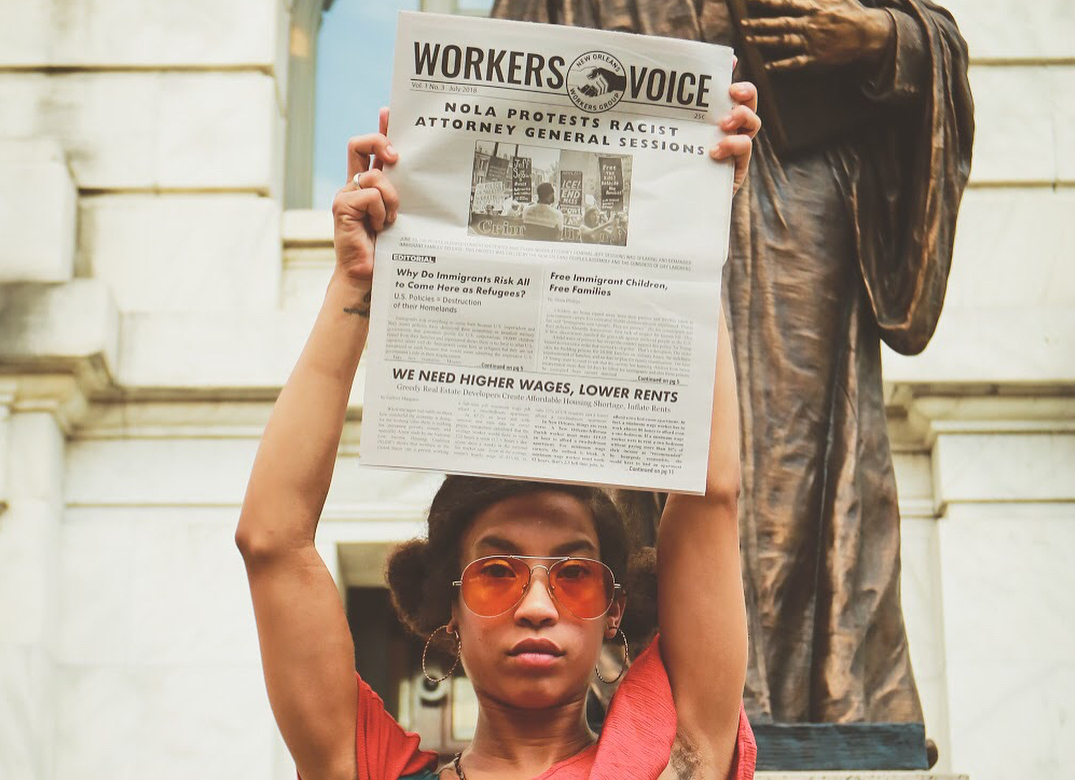COVID-19 deaths in China: 4,634, COVID-19 deaths in U.S.: 300,000
On March 19, China reported No Locally-Transmitted Cases in Mainland China. Small outbreaks since have been confined to a few hundred cases.
In the World Health Organization’s February report after a visit to China, the team members wrote, “In the face of a previously unknown virus, China has rolled out perhaps the most ambitious, agile and aggressive disease containment effort in history.”
How did China do this?
- Free healthcare: To contain the spread of the virus China immediately declared all treatment free.
- Economic relief: China expanded coverage and amount of economic relief for its residents. Already China dedicates 3 times as much of its national budget to social programs as the U.S. Much of the spending goes toward guaranteeing jobs for all.
- Production for need, not profit: Across the country, thousands of factories were refitted to produce masks, respirators, and other needed In Fight Against COVID-19, China Leads the Way supplies. China was making 20 million masks a day before the coronavirus epidemic. Now it makes 100 million masks a day. In just two weeks, two specialized hospitals were built and 16 exhibition halls and sports venues were converted into makeshift hospitals, opening up 60,000 beds for COVID-19 patients at the site of the outbreak in Hubei province.
- Cracking down on price gouging and hoarding: During the lockdown, the government guaranteed a steady supply of food and fuel at normal prices. State-owned enterprises increased their supply of basic foodstuffs like rice, flour, oil, meat and salt. From February 3 to April 8, the Ministry of Public Security investigated 3,158 cases of pandemic profiteering.
- People’s Power: In Wuhan, thousands of civilian neighborhood committees went door-to-door to check temperatures, to deliver food (particularly to the elderly) and to deliver medical supplies. In other parts of China, the neighborhood committees set up temperature checkpoints at the entrance of the neighborhoods to monitor people who went in and out.
